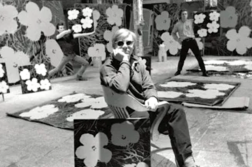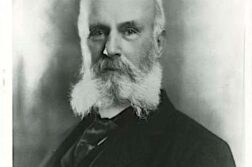“Unsung, the noblest deed will die.” — Pindar, Fragment 120
THE ART OF AN ERA is defined by the manner in which creative people collectively respond to a history and cultural change. The Harlem Renaissance, the Beat Generation, and Pop Art are significant 20th-century examples of this relationship. In more recent years, the psychotherapeutic memoir and confessional poetry have both been hallmarks of bestselling literature. When it comes to modern gay life, however, no other phenomenon has so completely defined a generation as AIDS.
Soon after the epidemic struck the gay community in the early 1980’s, writers started to produce an always somber, often highly political literature that sought to bring attention to its terrifying impact on gay life. Larry Kramer’s The Normal Heart was the first major play to address the impact of AIDS on gay men, as did the somewhat more temperate As Is, by William M. Hoffman, at a time when mainstream society, the media, and the government were all turning a deaf ear.
In retrospect, there are distinct differences not only between the AIDS literature of twenty-plus years ago and contemporary treatments of the disease, but also between popular perceptions of what it means to be gay and male in America then and now. In most cases, art became a weapon used to educate and advocate on behalf of gay writers and artists, many of whom were themselves casualties of the disease.






